Genre Arthurian legend | Type Fictional country | |
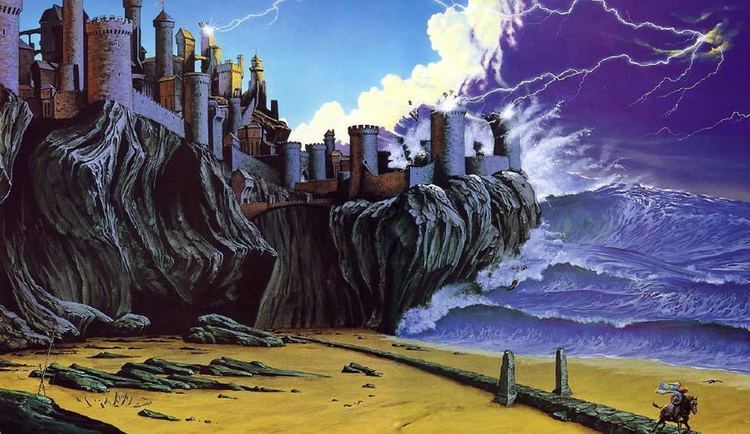 | ||
Celtic legend lyonesse
Lyonesse is a country in Arthurian legend, particularly in the story of Tristan and Iseult. Said to border Cornwall, it is most notable as the home of the hero Tristan, whose father was king. In later traditions Lyonesse is said to have sunk beneath the waves some time after the Tristan stories take place, making it similar to Ys and other lost lands in medieval Celtic tales, and perhaps connecting it with the Isles of Scilly.
Contents
- Celtic legend lyonesse
- omni lyonesse unit review brave frontier
- Lyonesse in Arthurian legend
- Analogues in Celtic mythology
- Lyonesse in modern English literature
- Lyonesse in Cornish literature
- Other uses of Lyonesse
- References
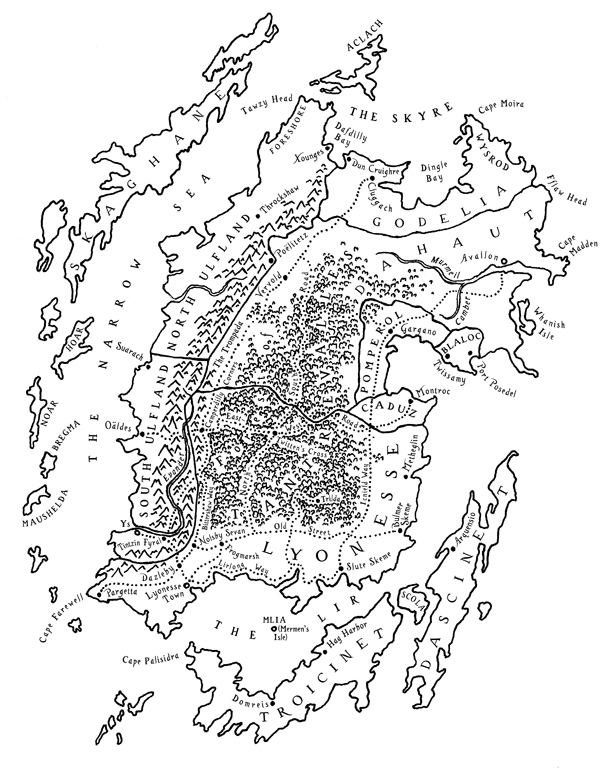
omni lyonesse unit review brave frontier
Lyonesse in Arthurian legend
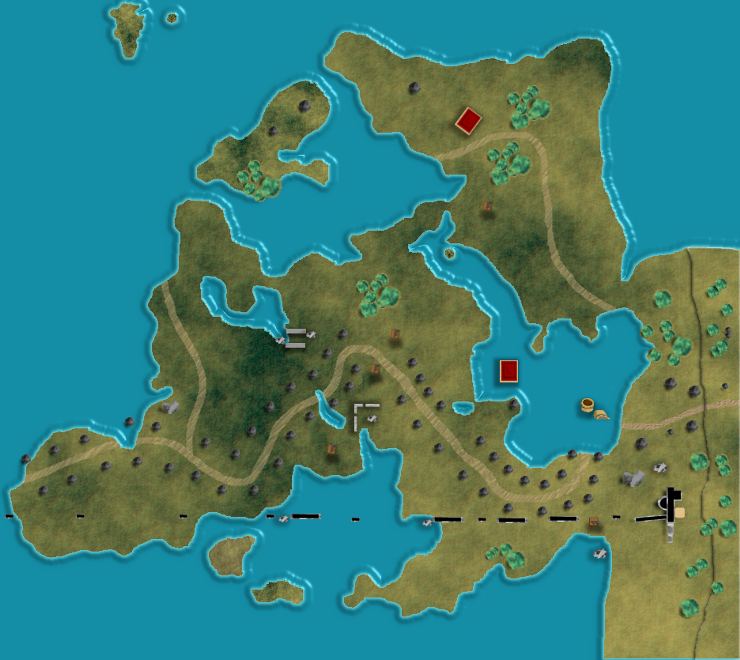
In medieval Arthurian legend, there are no references to the sinking of Lyonesse, because the name originally referred to a still-existing place. Lyonesse is an English alteration of French Léoneis or Léonois (earlier Loönois), a development of Lodonesia, the Latin name for Lothian in Scotland. Continental writers of Arthurian romances were often puzzled by the internal geography of Great Britain; thus it is that the author French Prose Tristan appears to place Léonois contiguous, by land, to Cornwall. In English adaptations of the French tales, Léonois, now "Lyonesse", becomes a kingdom wholly distinct from Lothian, and closely associated with the Cornish region, though its exact geographical location remained unspecified. The name was not attached to Cornish legends of lost coastal lands until the reign of Elizabeth I of England, however. However, the legendary lost land between Land's End and Scilly has a distinct Cornish name: Lethowsow. This derives from the Cornish name for the Seven Stones reef, on the reputed site of the lost land's capital and the site of the notorious wreck of the Torrey Canyon. The name means "the milky ones", from the constant white water surrounding the reef.
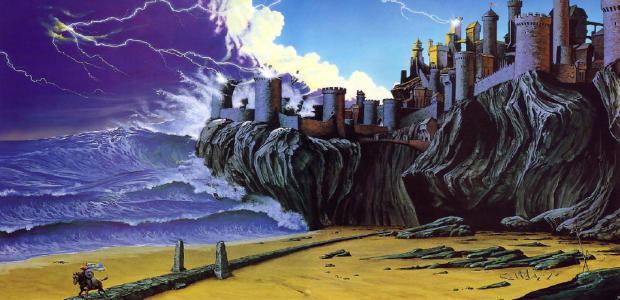
Alfred, Lord Tennyson's Arthurian epic Idylls of the King describes Lyonesse as the site of the final battle between Arthur and Mordred. One passage in particular references legends of Lyonesse as a land fated to sink beneath the ocean:
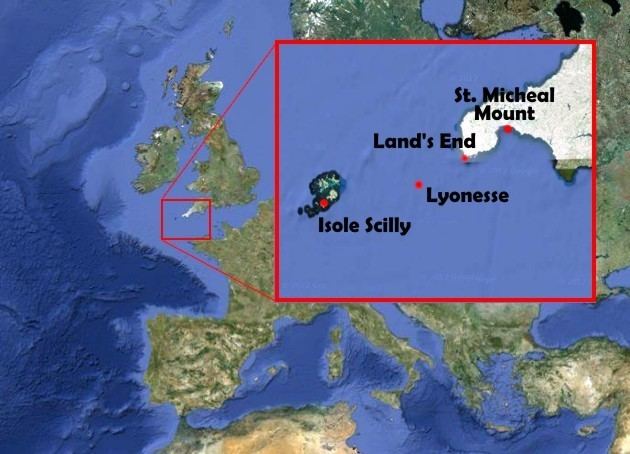
Deriving from a false etymology of Lyonesse, the 'City of Lions' was said in some later traditions to be the capital of the legendary kingdom, situated on what is today the Seven Stones reef, some eighteen miles west of Land's End and eight miles north-east of the Isles of Scilly.
Analogues in Celtic mythology
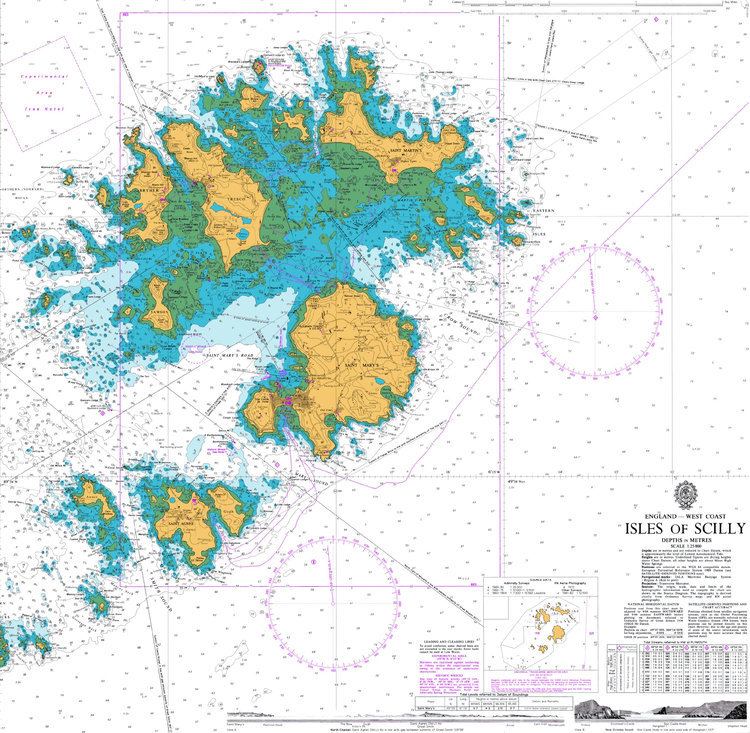
The legend of a sunken kingdom appears in both Cornish and Breton mythology. In Christian times it came to be viewed as a sort of Cornish Sodom and Gomorrah, an example of divine wrath provoked by unvirtuous living, although the parallels were limited in that Lyonesse remained in Cornish thought very much a mystical and mythical land, comparable to the role of Tir na nÓg in Irish mythology.
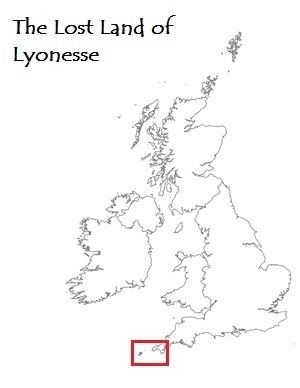
There is a Breton parallel in the tale of the Cité d'Ys, similarly drowned as a result of its debauchery with a single virtuous survivor escaping on a horse, in this case King Gradlon. The Welsh equivalent to Lyonesse and Ker Ys is Cantre'r Gwaelod, a legendary drowned kingdom in Cardigan Bay.
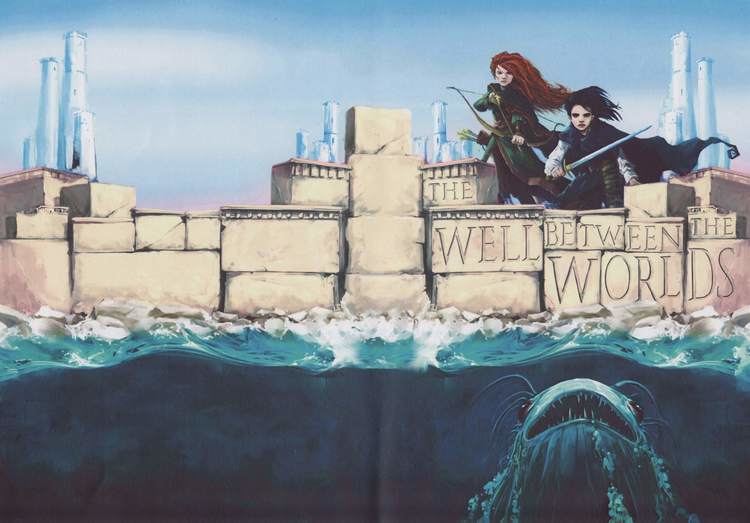
It is often suggested that the tale of Lyonesse represents an extraordinary survival of folk memory of the flooding of the Isles of Scilly and Mount's Bay near Penzance. For example, the Cornish name of St Michael's Mount is Karrek Loos y'n Koos - literally, "the grey rock in the wood". Cornish people around Penzance still get occasional glimpses at extreme low water of a sunken forest in Mount's Bay, where petrified tree stumps become visible. The importance of the maintenance of this memory can be seen in that it came to be associated with the legendary British hero Arthur, although the date of its inundation is actually c.2500 BC.
Lyonesse in modern English literature
Walter de la Mare's "Sunk Lyonesse" (1922) evokes it as a lost world:
Lyonesse has been used as a setting for many modern fantasy stories, including:
Lyonesse in Cornish literature
Other uses of Lyonesse
The name Lyonesse has often been applied to transport subjects:
Lyonesse is also the name of one of the three school houses at Cape Cornwall School.
